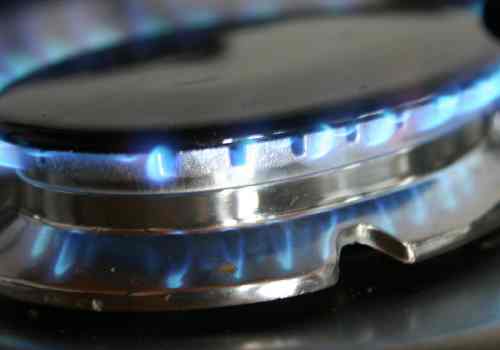ISLAMABAD: In a move that will impact consumers across the country, the Oil and Gas Regulatory Authority (Ogra) concluded its determinations on Friday, setting the stage for a potential 50% increase in natural gas prices in Pakistan.
The struggling state-run gas utilities, Sui Northern Gas Pipeline Limited (SNGPL) and Sui Southern Gas Company (SSGC), will be authorized to collect hundreds of billions of rupees from consumers once the government issues a notification.
Estimated Revenue Requirement and Gas Collection Plans
For the upcoming fiscal year 2023-24, Ogra has estimated a revenue requirement (ERR) of Rs697.4 billion to be collected from gas consumers. SNGPL, responsible for gas supply to consumers in Punjab and Khyber-Pakhtunkhwa (KP), will collect Rs358.4 billion, while SSGC, which supplies gas to consumers in Sindh and Balochistan, will collect Rs339 billion.
Average Prescribed Prices and Ogra’s Clarification
The average prescribed price determined by Ogra for SNGPL stands at Rs1238.68/MMBTU, reflecting a 50% increase compared to the existing price. Similarly, the average prescribed price for SSGC is set at Rs1350.68/MMBTU, representing a 45% increase. Ogra clarified that the average prescribed price mainly consists of the cost of gas, accounting for over 85% of the determined price. The decision has been forwarded to the government for notification, which is expected to occur within 40 days.
Elimination of Slab Distinctions and Impacts on Consumers
Notably, the regulator has proposed eliminating the distinction between protected and unprotected slabs for gas consumers, aiming to set a uniform prescribed price of Rs1238.68/MMBTU for all categories. While this change will result in a significant increase in gas prices for protected low-slab consumers, high gas-consuming slabs will benefit from the new pricing as they were previously paying higher rates.
Mixed Response and Sector-specific Implications
Furthermore, Ogra’s recommendations have sparked a mixed response within different sectors. CNG stations, cement, fertilizer, power stations, and independent power producers (IPPs) will experience a reduction in gas prices. However, the feedstock gas prices for the fertilizer sector are expected to more than double. The existing prescribed gas prices for various sectors will be replaced by the uniform prescribed price of Rs1238.68/MMBTU.
Changes in Tariff Structure for SSGC Clients
SSGC clients will also witness changes in the tariff structure. The regulator has proposed eliminating the distinction between protected and non-protected slabs, resulting in significant increases for lower slabs and reductions for higher slabs. Over 80% of gas consumers fall within the lowest three to four slabs, making the impact of the price hike more pronounced for them. Commercial gas consumers, including ice factories, will see a reduction in gas tariffs, while the general industry and captive power generation will face tariff adjustments.
Anticipated Effects and Role of the Government
The proposed changes in gas prices are expected to have far-reaching effects on Pakistan’s economy, as consumers brace themselves for the upcoming surge. The government will play a crucial role in implementing the recommendations and notifying the revised gas prices, shaping the future of energy consumption in the country.
(Islamabad51-Newsdesk)














